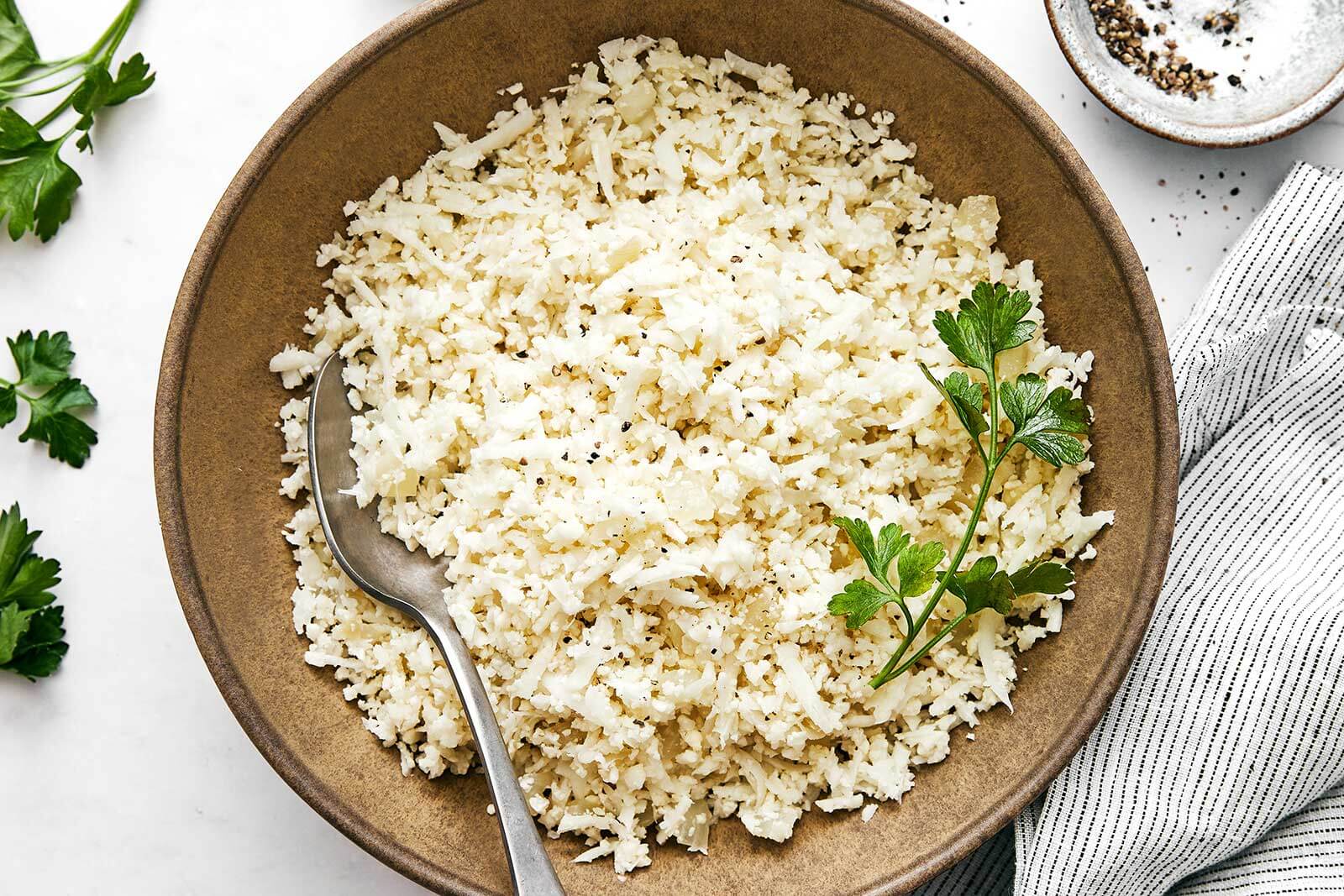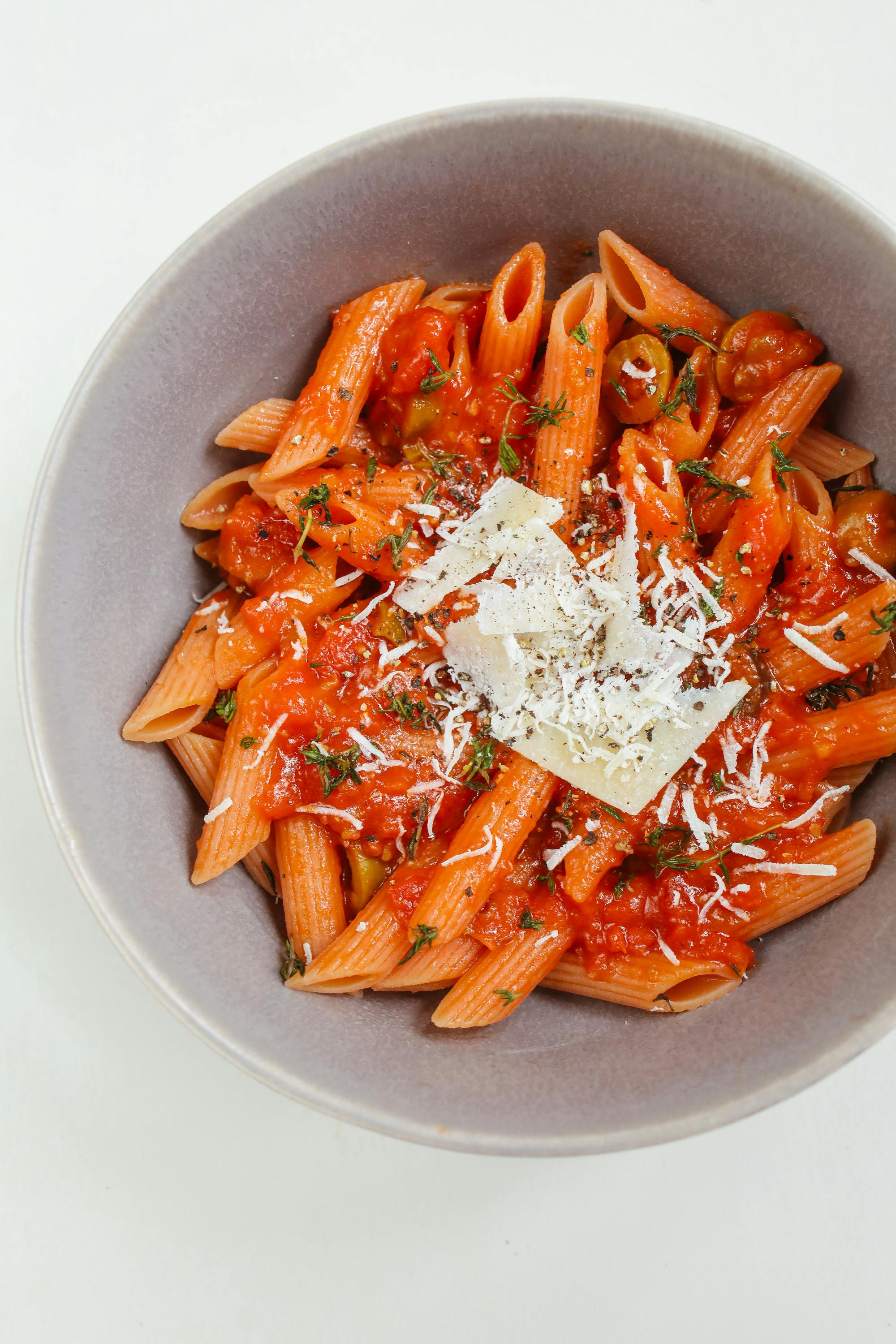
Effective Ways to Reduce Calories in Sausage Links for 2025
Sausage links are a popular choice for many households, loved for their convenience, variety, and flavor. However, as health consciousness grows, many consumers are becoming more aware of the calories in sausage links, seeking ways to enjoy their favorite foods while maintaining a balanced diet. Understanding the sausage link calorie breakdown, along with nutrition facts, can help in making informed choices that align with health goals. This article will guide you through effective ways to reduce calories without sacrificing taste, providing valuable insights into sausage link health benefits and offering practical meal ideas to fit your lifestyle.
By exploring aspects such as portion control, cooking methods, and the comparison of different sausage types, readers can navigate how to enjoy delicious saussage links in a healthier way. Additionally, we'll delve into alternatives like turkey sausage link calories and plant-based sausage link options that have less calorie content yet still provide satisfying flavors. Let’s embark on this journey to a healthier sausage experience, ensuring you can enjoy your meals with less guilt while still being delicious.
Understanding Sausage Link Calorie Content
Before diving into methods for reducing calories in sausage links, it's essential to understand the basics. Sausage links vary significantly in their calorie content depending on the type of meat used, preparation methods, and specific ingredients. For instance, traditional pork sausage links often contain more calories compared to turkey or chicken varieties. Knowing the calories in breakfast sausage links can help you gauge your meal choices better, especially when planning meals for the family.
The calories in pork breakfast sausage links typically hover around 200-300 calories per serving, while turkey sausage link calories may be reduced to approximately 150-200. To effectively manage calorie intake, understanding serving sizes is vital. The sausage link serving size can differ based on the brand and preparation method, so referring to the nutrition label and making choices based on calorie count sausage links can guide portion control and healthier meal planning. Additionally, watching how many calories are contained in grilled sausage links versus fried options can influence health outcomes positively.
Choosing Lower-Calorie Sausage Options
One of the most straightforward ways to reduce calories in sausage links is by opting for lower-calorie alternatives. Brands have started offering leaner versions of sausage that maintain flavor while decreasing calorie content significantly. For example, lean sausage link calories often provide the same experience with less fat. If you're looking for an alternative to traditional pork sausage, turkey and chicken varieties are excellent choices. Both typically have lower fat content and fewer calories.
When comparing sausage link calories, you might also want to explore the differences among various types of sausage. For example, chicken sausage link calories usually fall under 150 calories per serving while providing ample protein. Furthermore, there are increasingly popular plant-based sausage links that can boast calorie counts lower than most meat options, making them a suitable choice for those watching their calorie intake. In addition to enhancing the nutritional profile, these options provide fascinating flavors that can elevate any dish.
Cooking Methods Impacting Calorie Reduction
The way you cook sausage links can have a significant impact on their calorie content. For instance, frying adds unnecessary fats and calories, whereas grilling or baking sausages can preserve their natural flavors with minimal added fat. Understanding the cooking practices and nutrition can help you achieve your desired health outcomes.
For example, when considering the calories in smoked sausage links, keep in mind that using moderate heat can enhance flavors without additional oils. Steaming or cooking on a grill allows excess fat to drip away, reducing the overall calorie consumption. Additionally, incorporating methods like sautéing with vegetables can increase the nutritional density of your meals while keeping calorie counts low.
Portion Control and Meal Planning
Effective portion control is critical if you want to reduce calories when consuming sausage links. Familiarize yourself with what constitutes a single serving by checking the calorie values sausage links on the nutrition label. Reducing the serving size can dramatically influence your overall calorie intake, especially when combined with sides like fresh vegetables or whole grains.
When planning meals, consider how you can creatively incorporate sausages into dishes that balance out the calorie content. Pairing sausage links with nutrient-rich sides can provide satiation with minimal calorie load. Whether you're preparing a sausage-stuffed bell pepper or a warm sausage and vegetable salad, being mindful of your ingredients will enable you to enjoy flavors while keeping your health goals in check. Understanding sausage link dietary considerations can also guide you through healthier meal combinations.
Healthy Alternatives and Substitutions
Another effective strategy involves experimenting with healthier alternatives and substitutions. Incorporating non-traditional sausages such as vegan sausage link calories into your meals can present a low-calorie option without losing the essence of the dish. Additionally, using fresh herbs and spices can elevate flavor levels, minimizing the need for higher-calorie sauces or toppings.
When substituting within recipes, try to replace one sausage link with leaner options like turkey or chicken versions or, for a more radical alternative, plant-based links. These choices often provide lower calories in flavored sausage links while also giving a unique twist to traditional meals. This creative approach encourages exploration within meal planning, enhancing satisfaction and flavor without losing track of calories.
Q&A: Addressing Common Concerns about Sausage Link Calories
Q: How many calories are typically in a sausage link?
A: The average calories in sausage links vary by type, ranging from 150 to 300 calories per serving, depending on the meat source and preparation.
Q: Are turkey sausage links healthier than pork?
A: Yes, turkey sausage links generally have fewer calories and fat than pork sausage links, making them a better choice for health-conscious consumers.
Q: Can I enjoy sausage links while on a weight-loss diet?
A: Absolutely! By paying attention to serving sizes, choosing lower-calorie varieties, and opting for healthier cooking methods, sausage links can fit into your weight-loss diet.
Q: What are some low-calorie sausage link brands?
A: Brands like Applegate, Aidells, and Turkey Hill offer various low-calorie options, including turkey and chicken sausage links that can satisfy your cravings without excessive calorie intake.
Q: How can I enhance the flavor of low-calorie sausage links?
A: Utilizing fresh herbs, spices, and minimizing added fat can enhance the flavors of low-calorie sausage links. Complementing them with vibrant vegetables can also create delicious and nutritious meals.

